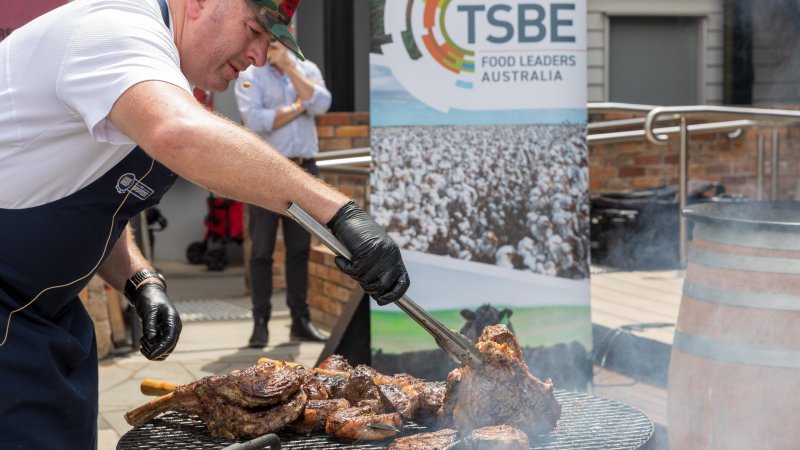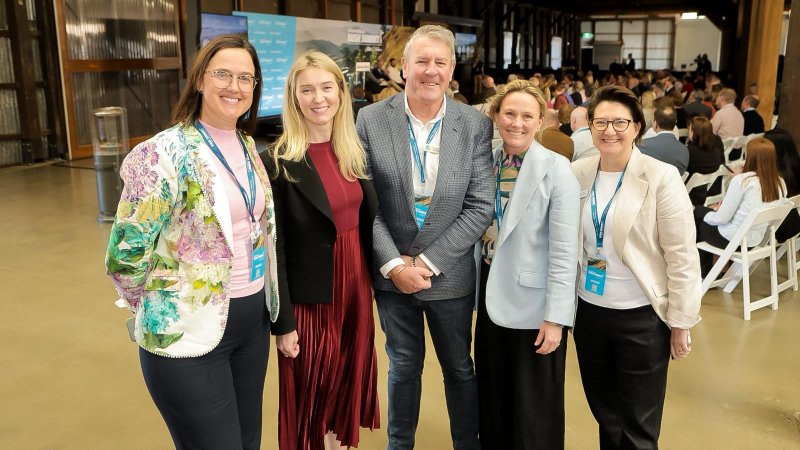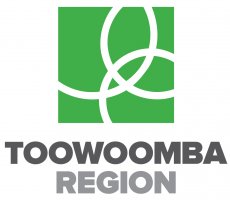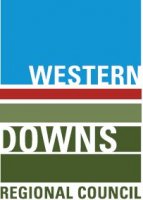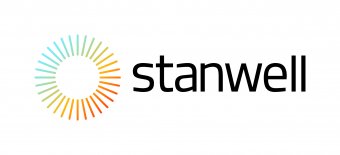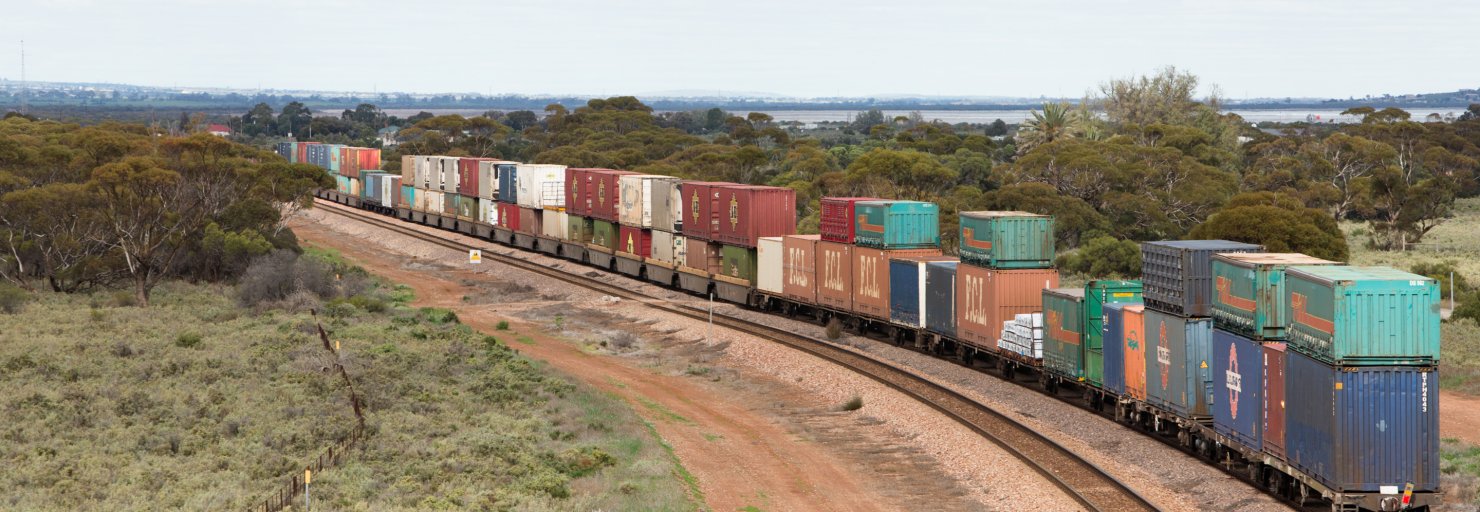
Fast-track Inland Rail
TSBE have been advocating to all levels of Government to fast-track shovel-ready infrastructure projects to assist our region’s economic recovery post COVID-19.
The Melbourne to Brisbane Inland Rail project is an important piece in the infrastructure puzzle which will enable Toowoomba to become a major transport and logistics hub.
Construction has already commenced in Victoria and NSW and the project is nearing the final environmental assessment stage in Queensland following years and tens of millions of dollars of planning, consultation and preparation by ARTC.
A Border to Gowrie route across the Darling Downs was selected in 2017 and worlds best practice flood plain modelling has been completed and reviewed by many well recognised and respected engineers and hydrologists.
The support for Inland Rail from businesses and producers across the Darling Downs region is extremely high but opponents to the project are seeking to discredit ARTC, the route selection process and the flood plain modelling.
Despite the comprehensive efforts to date, opponents are now, at this eleventh hour, suggesting another more complex route be considered further downstream at Cecil Plains where the flood plain crossing is wider, and will make the route longer and be more expensive to construct.
TSBE CEO, Ali Davenport and TSBE Chairman Shane Charles met yesterday with Inland Rail and local political leaders including Groom MP Dr John McVeigh, Member for Condamine Pat Weir, Member for Toowoomba South David Janetzki, Member for Toowoomba North Trevor Watts, Toowoomba Mayor Paul Antonio and CEO of the Queensland Resources Council Ian Macfarlane to discuss flood modelling across the Condamine Flood Plain and the route choice for Inland Rail.
The meeting also included representatives from Aurecon and AECOM, the engineering firms that conducted the flood modelling studies on this current proposed route.
Ali Davenport said the purpose of this meeting was a detailed briefing on the process of the route selection and subsequent flood plain modelling.
“We confirmed our position that ARTC’s efforts have been professional and consistent with world’s best practice, that the route selection process had been comprehensive, and that the flood plain modelling, which is clearly of concern to all people in the region, was comprehensively studied and understood by the experts.”
“We also wanted to understand why this major project keeps being delayed, especially now when we are seeking to recover quickly from the COVID-19 economic impacts,” said Ms Davenport.
“We acknowledge that the Deputy Prime Minister has agreed to again review current information on the proposed Cecil Plains flood plain route which was discarded some years ago given it did not meet the service offering requirements for Inland Rail set by Government, including transit time and cost.”
“We will be interested in hearing the findings of this review in early July and how it stacks up against the preferred route selected in 2017.”
Shane Charles said that for the best interests of the community all stakeholders must accept the decision made.
“We will then insist all stakeholders accept the science, respect the process, the many expert reports and just get on with the project,” said Mr Charles.
The meeting included a presentation of the flood modelling by the expert consultants Aurecon and AECOM who are both internationally recognised for their record of successful flood and hydrology work across the nation.
Their flood modelling has been independently reviewed by Toowoomba Regional Council, Arup, SMEC and Dr John Macintosh who was independently engaged by the Inland Rail Southern Downs Community Consultative Committee.
Having been a long term supporter of Inland Rail, Dr John McVeigh remains very confident in ARTC’s abilities, the comprehensive route selection process and the floodplain modelling that has been completed.
“It’s vital that we get these details right here on the Darling Downs and I was pleased that after the presentation by Aurecon and AECOM today all present felt confident that the flood modelling was undertaken by highly experienced hydrology and flood experts.”
“Their model utilises Australian and Queensland standards and both companies have successfully undertaken many projects that are more complex and larger than the Condamine Floodplain, such as their study of the very sensitive Brisbane River Catchment and the highly acclaimed Yeppen South Project across the Fitzroy River Catchment near Rockhampton,” said Dr McVeigh.
“And their results have been confirmed by another expert Dr John Macintosh so at some point everyone needs to respect their expertise in this area.”
Ali Davenport said, “we’re confident that ARTC’s processes have been thorough.”
“We’re now calling for the urgent completion of the Environmental Impact Statement without further delay or distraction so that it can be made public and address any questions that the community has around Inland Rail,” said Ms Davenport.
“This project is expected to deliver a $7.3 billion economic injection to Queensland and create over 7,000 jobs, and will mean lower transport costs and a whole new industry of transport and logistics for our region.”
“Let’s get on with it.”

